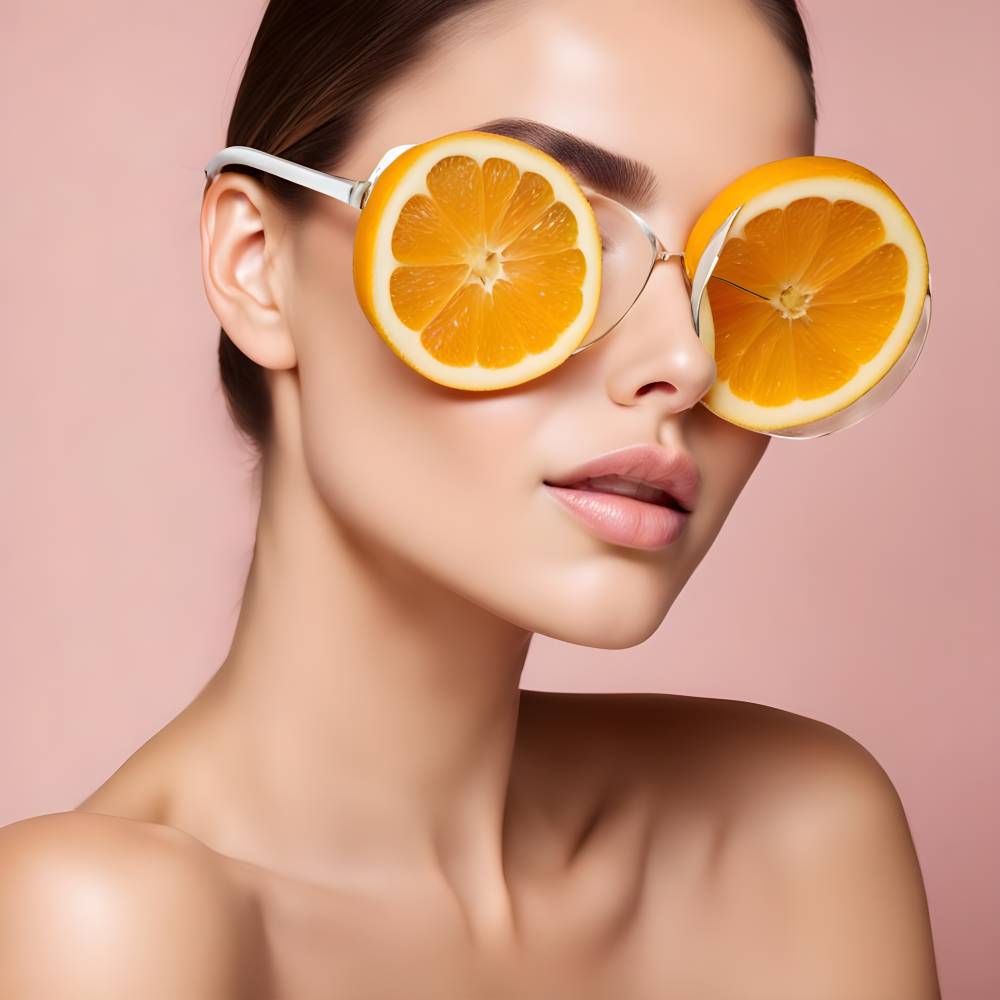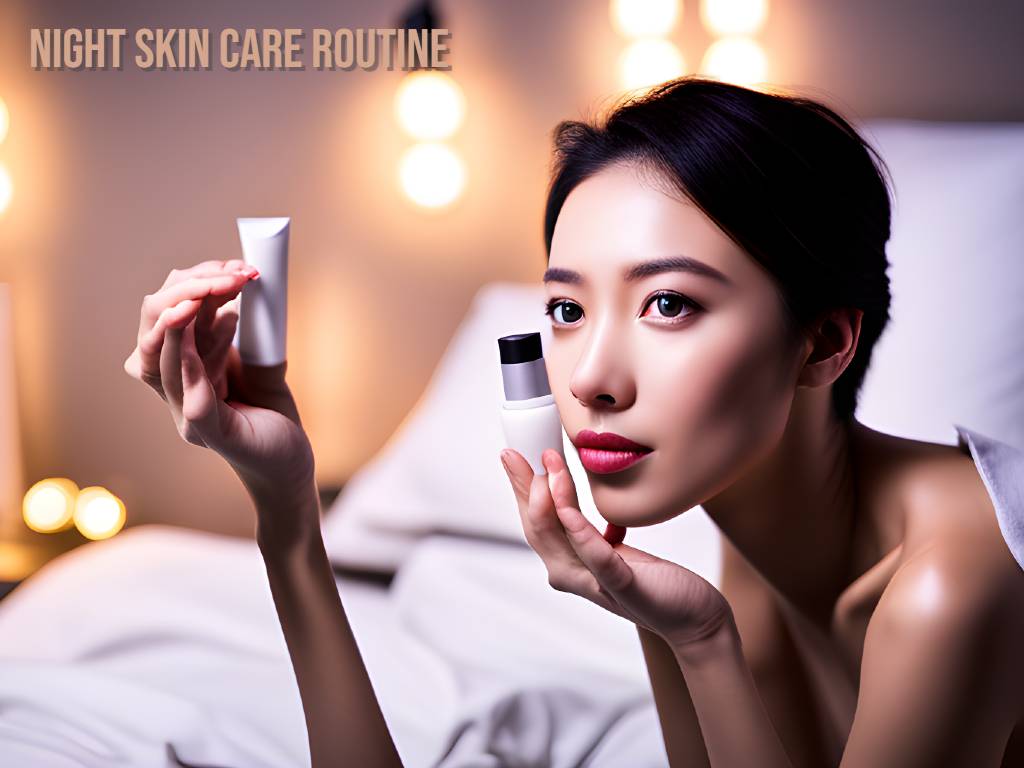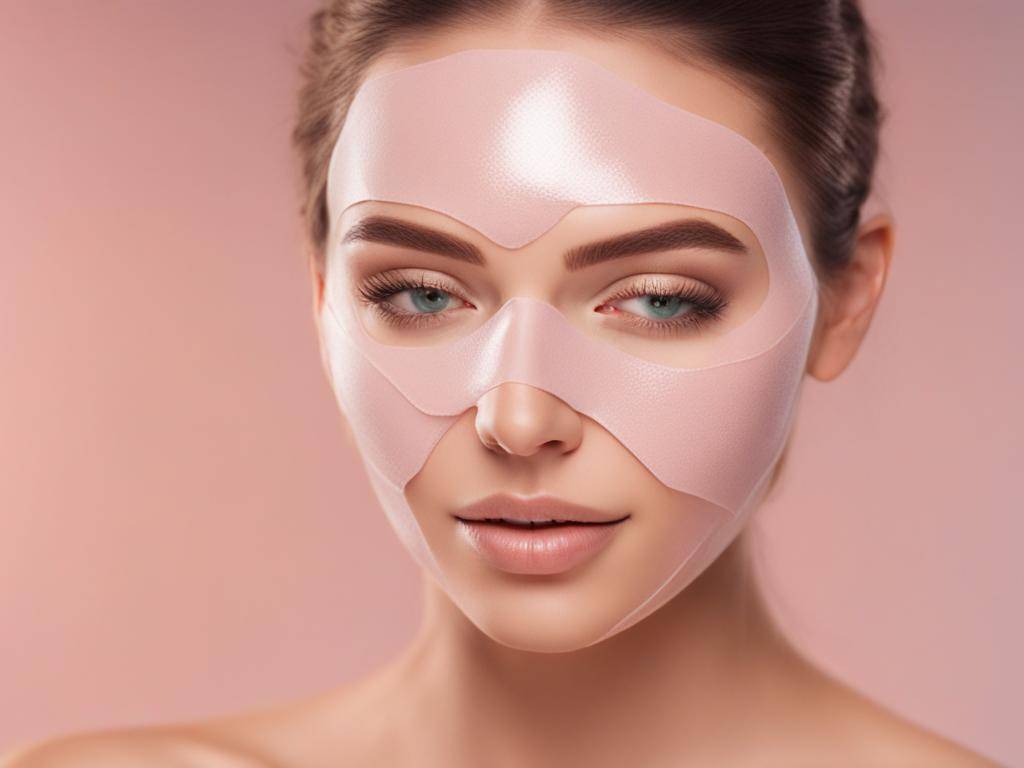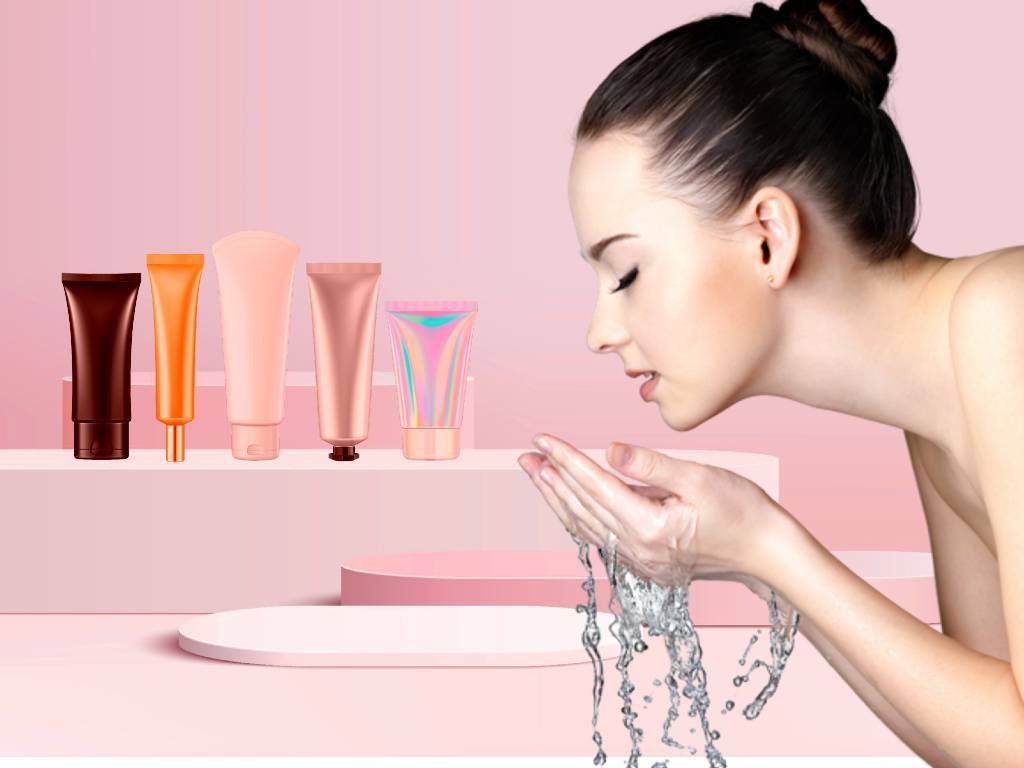Korean Skin Care Routines: The Ultimate Guide
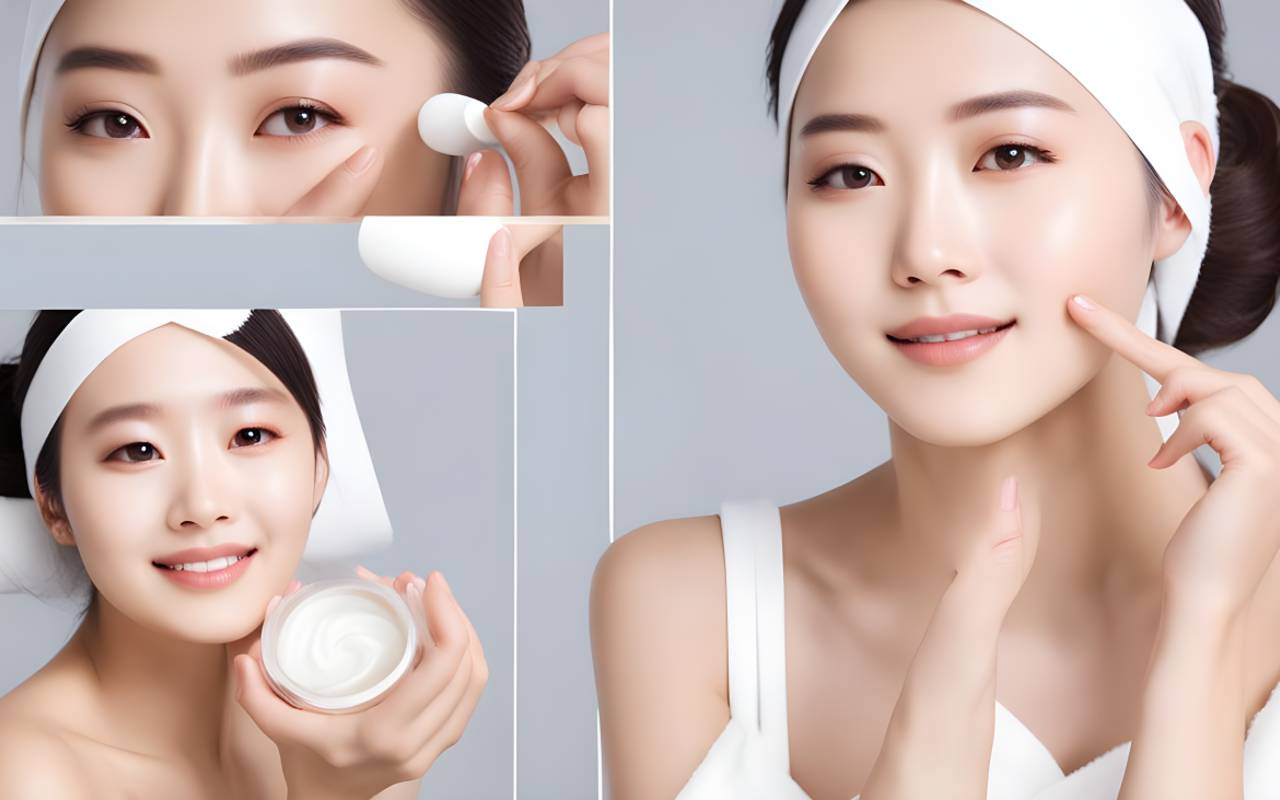
Achieving radiant and flawless skin is a goal for many people, and Korean skin care routines have gained popularity worldwide for their effectiveness. Korean skin care is not just about achieving a temporary glow; it focuses on long-term skin health and maintenance. In this comprehensive guide, we will explore the key principles behind Korean skin care routines, the famous 10-step routine, essential ingredients, tips and techniques, customization for different skin types, and common misconceptions. By the end, you will have all the knowledge you need to embark on your journey to healthier, more beautiful skin.
The Korean Skin Care Philosophy
The Korean skin care philosophy emphasizes prevention, maintenance, and a holistic approach to skin health. Rather than relying solely on makeup to cover up imperfections, Koreans believe in taking care of their skin from within. They prioritize a consistent daily routine that includes thorough cleansing, hydration, protection from the sun, and nourishment with beneficial ingredients. By following this philosophy, Koreans aim to achieve a natural, youthful glow that lasts.
The 10-Step Korean Skin Care Routine
At the heart of Korean skin care is the famous 10-step routine. While it may seem overwhelming at first, breaking it down into individual steps makes it more manageable. Let’s dive into each step and understand its purpose and benefits.
Step 1: Double Cleansing
Using an oil-based cleanser first, followed by a water-based cleaner, is known as double cleansing. The oil-based cleanser effectively removes makeup, sunscreen, and other oil-based impurities, while the water-based cleanser removes sweat, dirt, and water-based impurities. This thorough cleansing ensures that your skin is clean and ready for the next steps.
Step 2: Exfoliation
Exfoliation is necessary for the removal of dead skin cells and the promotion of cell turnover. Koreans often use gentle exfoliators, such as chemical exfoliants containing AHAs or BHAs, to avoid harsh physical scrubs that can irritate the skin. Regular exfoliation helps to reveal smoother, brighter skin and allows other products to penetrate better.
Step 3: Toner
Toners are used to balance the skin’s pH level after cleansing and prepare it for the next steps. They hydrate, soothe, and refine the skin’s texture. Koreans prefer hydrating toners that contain ingredients like hyaluronic acid or floral extracts to replenish moisture and provide a refreshing sensation.
Step 4: Essence
Essence is a lightweight, hydrating formula that delivers active ingredients deep into the skin. It helps to improve skin texture, elasticity, and overall radiance. Essences are often infused with beneficial ingredients like fermented extracts, niacinamide, or peptides to target specific skin concerns.
Step 5: Serum
Serums are concentrated treatments that address specific skin concerns, such as acne, hyperpigmentation, or aging. They contain a higher concentration of active ingredients compared to essences. Serums are designed to penetrate deeply into the skin and provide targeted benefits.
Step 6: Sheet Masks
Sheet masks are a popular part of Korean skin care routines. They are soaked in a variety of essences and serums and are applied to the face for a specific period. Sheet masks provide intense hydration, nourishment, and brightening effects. Using sheet masks regularly can give your skin a boost of moisture and improve its overall appearance.
Step 7: Eye Cream
The sensitive skin surrounding the eyes requires extra attention. Eye creams are designed to address issues such as puffiness, dark circles, and fine wrinkles. They provide hydration and nourishment to the under-eye area, helping to reduce signs of aging and fatigue.
Step 8: Moisturizer
Moisturizers are crucial for maintaining skin hydration and preventing moisture loss. Koreans prefer lightweight, gel-like moisturizers that absorb quickly and provide long-lasting hydration without feeling heavy or greasy. Moisturizers also help to create a barrier on the skin, protecting it from external aggressors.
Step 9: Sunscreen
Sunscreen is an essential step in any skin care routine, regardless of your location or the weather. Koreans prioritize sun protection to prevent premature aging, dark spots, and skin damage caused by harmful UV rays. Sunscreens with high SPF and broad-spectrum protection should be applied generously to all exposed areas of the skin.
Step 10: Night Cream
Night creams are richer and more nourishing than regular moisturizers. They are designed to provide intensive hydration and repair the skin while you sleep. Night creams often contain ingredients like peptides, antioxidants, or retinol to promote cell turnover and rejuvenation.
Key Ingredients in Korean Skin Care
Korean skin care products are known for their innovative use of beneficial ingredients. Let’s take a closer look at some key ingredients commonly found in Korean skin care and their benefits.
Hyaluronic Acid
Hyaluronic acid is a humectant, which means it draws and holds moisture in the skin. It hydrates and plumpifies the skin, making fine lines and wrinkles less visible. Hyaluronic acid is suitable for all skin types and is a staple ingredient in many Korean skin care products.
Snail Mucin
Snail mucin is a popular ingredient in Korean skin care for its moisturizing and regenerative properties. It contains glycolic acid, peptides, and hyaluronic acid, which help to hydrate, repair, and soothe the skin. Snail mucin is often used in serums, essences, and creams.
Centella Asiatica
Centella Asiatica, also known as “tiger grass” or “cica,” has soothing and healing properties. It helps to calm inflammation, promote wound healing, and strengthen the skin’s barrier. Centella Asiatica is commonly found in creams, serums, and sheet masks.
Green Tea Extract
Green tea extract is a powerful antioxidant that protects the skin from free radicals and environmental damage. It contains anti-inflammatory effects and aids in the soothing and cooling of the skin. Green tea extract is often used in toners, serums, and moisturizers.
Propolis
Propolis is a bee-produced natural resin with antibacterial and anti-inflammatory effects. It helps to protect the skin against bacteria and soothe acne-prone skin. Propolis is commonly found in serums, ampoules, and creams.
Niacinamide
Niacinamide, also known as vitamin B3, is a versatile ingredient that offers multiple benefits for the skin. It helps to regulate sebum production, brighten the skin, reduce hyperpigmentation, and improve the skin’s barrier function. Niacinamide is often used in serums and moisturizers.
Skin Care Tips and Techniques
In addition to following a Korean skin care routine, there are various tips and techniques you can incorporate to enhance your skin care experience and results.
Facial Massage
Facial massage promotes blood circulation, lymphatic drainage, and relaxation. It can help to reduce puffiness, enhance product absorption, and improve the overall health of your skin. Use gentle, upward motions and incorporate a facial oil or serum for added slip.
Layering Products
Layering products is a common practice in Korean skin care. The idea is to apply products in a specific order, allowing each one to be fully absorbed before moving on to the next. This ensures that each product can deliver its intended benefits and prevents them from interfering with one another.
Skin Care Tools
Korean skin care enthusiasts often use various tools to enhance their routines. These can include facial rollers, gua sha tools, cleansing brushes, or LED light therapy devices. These tools can help to improve circulation, provide a soothing massage, or enhance the effectiveness of your products.
Customizing Your Korean Skin Care Routine
While the 10-step routine is a popular starting point, it’s important to customize your skin care routine based on your specific skin type and concerns. Here are some ideas for different skin types:
Dry Skin
If you have dry skin, concentrate on moisturizing and nourishing it. Incorporate hydrating toners, rich moisturizers, and occlusive ingredients like ceramides or shea butter. Double cleansing is still important but opt for gentle cleansers that won’t strip your skin of its natural oils.
Oily Skin
For oily skin, prioritize oil control and pore care. Use lightweight, oil-free products and look for ingredients like tea tree oil or witch hazel to help control excess sebum. Exfoliation is especially important to prevent clogged pores but be cautious not to overdo it, as it can lead to skin irritation.
Combination Skin
Combination skin requires a balanced approach. Use gentle cleansers and lightweight moisturizers. Focus on targeting specific concerns in different areas of your face. For example, use a hydrating toner on dry areas and a mattifying serum or toner on oily areas.
Sensitive Skin
If you have sensitive skin, opt for gentle, fragrance-free products that won’t irritate your skin. Look for components that are relaxing, such as aloe vera or chamomile. Patch test new products before applying them to your entire face and introduce new products gradually to avoid potential reactions.
Common Misconceptions about Korean Skin Care
There are several misconceptions about Korean skin care that may deter people from trying it. Let’s debunk some of these myths:
It’s Time-Consuming
While the 10-step routine may seem time-consuming, it can be adapted to suit your lifestyle. You can choose to do a simplified version with fewer steps or alternate between morning and evening routines. Finding a schedule that works for you is essential.
It’s Only for Asian Skin
Korean skin care is suitable for all skin types and ethnicities. The principles behind Korean skin care, such as hydration, protection, and nourishment, are universal. The products can be customized to address specific skin concerns, regardless of your ethnicity.
It’s Expensive
Korean skin care products come in a wide range of prices, from affordable to high-end. You don’t need to buy the most expensive products to achieve great results. Look for products that suit your budget and focus on the ingredients and formulation rather than the price tag.
Korean Skin Care Products to Try
With the popularity of Korean skin care, there is a wide variety of products available to suit every budget and skin concern. Here are some product recommendations for each step of the Korean skin care routine:
Cleansers
Exfoliators
Toners
Essences
Serums
Sheet Masks
Eye Creams
Moisturizers
Sunscreens
Lifestyle Factors for Healthy Skin
In addition to a consistent skin care routine, certain lifestyle factors can greatly impact the health of your skin. Here are some tips to consider:
Diet and Nutrition
A healthy skin diet should include plenty of fruits and vegetables, entire grains, and lean meats. Antioxidant-rich foods like berries and green leafy vegetables can help protect your skin from damage.
Hydration
Drinking enough water helps to moisturize your skin from within. Aim for at least 8 glasses of water every day, and up your consumption during hot weather or when participating in vigorous activity.
Sleep and Stress Management
A good night’s sleep is vital for skin healing and renewal. Practice good sleep hygiene and find stress-management techniques that work for you, such as meditation or deep breathing exercises.
Exercise
Exercise on a regular basis enhances blood circulation, which promotes a healthy complexion. Aim for 30 minutes of moderate-intensity exercise on most days of the week. After exercising, remember to scrub your skin to eliminate perspiration and debris.
Conclusion
Korean skin care routines offer a holistic approach to achieving healthy and radiant skin. By following the principles of Korean skin care, customizing your routine, and incorporating beneficial ingredients, you can enjoy the benefits of a well-nourished and well-maintained complexion. Remember to be consistent, and patient, and have fun experimenting with different products and techniques. With time and dedication, you’ll be on your way to achieving the Korean “glass skin” look and a lifetime of healthy skin.






